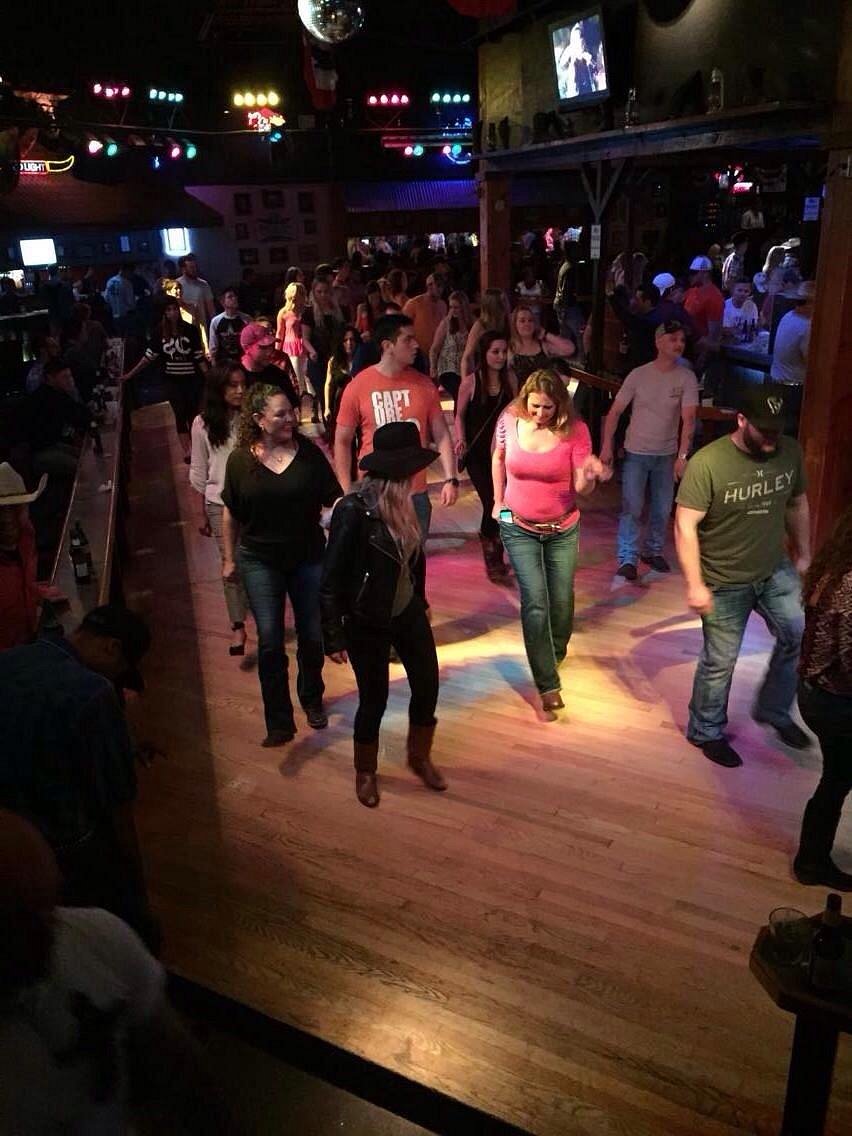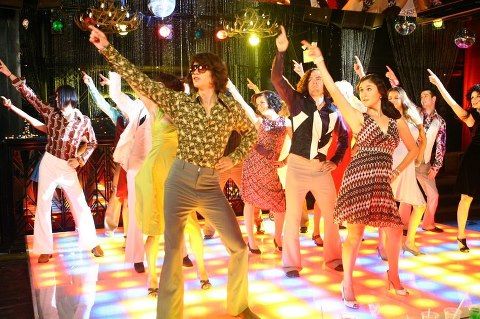
The History of Line Dancing: From Folk Roots to Modern Popularity
Line dancing is a choreographed dance form where participants perform a repeating sequence of steps in lines or rows, facing the same direction or occasionally each other. Unlike circle dancing, line dancers do not physically interact with one another. Line dancing has become synonymous with certain iconic songs like the "Macarena" and the "Electric Slide," embedding itself in modern American culture. This dance form has transcended its original country-western roots, influencing and being influenced by various music genres over the decades. 
Early Origins
The origins of line dancing are somewhat murky. According to music historian Christy Lane, pinpointing the exact beginnings of line dancing can yield a variety of answers, often tied to country and western music. Some of the steps and terminologies in modern line dancing are believed to have originated from dances brought to North America by European immigrants in the 1800s. Throughout the late 19th century, country-western dance began to take shape, influenced by these folk dances. The inclusion of dancing, particularly folk dancing, in U.S. school physical education programs in the early 20th century helped popularize these dance forms as social activities. Returning servicemen from the World Wars also contributed by bringing European dance styles back to America, integrating them into the dance culture of the time.
Development in the Mid-20th Century
One of the earliest line dances was the Madison, created in 1957 in Columbus, Ohio. Its popularity in Baltimore, Maryland, and its inclusion on "The Buddy Deane Show" in 1960 helped spread the dance. The disco era of the 1970s brought a surge of new dance styles, including line dances choreographed to disco music. Notable line dances from this period include the "L.A. Hustle" (later known as the "Bus Stop") and the "Nutbush," performed to Tina Turner's "Nutbush City Limits." The "Electric Slide," associated with the song "Electric Boogie," was created in 1976 and remains a popular line dance to this day.
1980s to Present
The 1980 film "Urban Cowboy" sparked a widespread interest in country-western culture, including its dance forms. The 1980s saw the creation of numerous line dances for country songs, many adapting disco line dances. The 1990s further cemented line dancing's popularity with hits like Billy Ray Cyrus' "Achy Breaky Heart" and the Spanish dance song "Macarena," each inspiring their own line dances. The mid-1990s saw a diversification of line dancing, with techno and pop influences blending into the genre. Max Perry and other choreographers began incorporating ballroom rhythms and techniques, elevating line dancing to new levels. The late 1990s brought international interest, with the band Steps popularizing the dance outside the U.S. and American retailer Gap featuring line dancers in their 1999 "Khaki Country" ad.
Global Reach and Contemporary Scene
Line dancing has not only remained popular in the U.S. but has also gained international traction. The arrival of Country Music Television (CMT) in Europe helped spread the dance form across the continent. In 2008, line dancing even caught the attention of the French government.
A Deeper Dive: Dance Styles and Influences
Line dancing is practiced and learned in various settings, including country-western dance bars, social clubs, dance clubs, and ballrooms. It is often combined with other forms of country-western dance such as two-step, western promenade dances, and western-style variants of the waltz, polka, and swing. Since the early 1970s, line dances have accompanied many popular music styles, including pop, swing, rock and roll, disco, Latin (salsa suelta), rhythm and blues, and jazz.
The term "modern line dance" is now used in many line dance clubs around the world to indicate dance styles that combine many genres, including pop, Latin, Irish, big band, and country. Rather than wearing Western-style clothing or boots, participants often dress in casual clothing and wear dance trainers. This evolution in attire reflects the broadening appeal and versatility of line dancing. 
The Concept of Walls
Each line dance is said to consist of a number of walls. A wall is the direction in which the dancers face at any given time: the front (the direction faced at the beginning of the dance), the back, or one of the sides. Dancers may change direction many times during a sequence and may even, at any given point, face a direction halfway between two walls. At the end of the sequence, they will face the original wall or any of the other three. The next iteration of the sequence uses that wall as the new frame of reference.
One-Wall Dance: In a one-wall dance, the dancers face the same direction at the end of the sequence as at the beginning (either no turn or a full turn, 360 degrees). -
Two-Wall Dance: In a two-wall dance, repetitions of the sequence end alternately at the back and front walls. The dancers have effectively turned through 180 degrees during one set (half turn). The samba line dance is an example of a two-wall dance. -
Four-Wall Dance: In a four-wall dance, the direction faced at the end of the sequence is 90 degrees to the right or left from the direction in which they faced at the beginning (quarter turn). The dancers face each of the four walls in turn at the end of four consecutive repetitions of the sequence before returning to the original wall. The hustle line dance is an example of a four-wall dance because, in the final figure, they turn 90 degrees to the left to face a new wall.
The Role of Popular Music and Media
The music video for Billy Ray Cyrus's 1990 song "Achy Breaky Heart" is credited with launching line dancing into the mainstream. The Spanish dance song "Macarena," released in the 1990s, also inspired a popular line dance that became a worldwide sensation. A line dance for the 1990 Asleep at the Wheel single "Boot Scootin' Boogie" was choreographed by Bill Bader, with the 1992 Brooks & Dunn cover resulting in numerous line dances with "Boot Scootin' Boogie" in their titles.
In 1997, the band Steps created further interest in line dancing outside the U.S. with their techno dance song "5,6,7,8." The late 1990s and early 2000s saw line dancing being featured in various media, including commercials like Gap's "Khaki Country" ad during the 1999 Academy Awards ceremony.
Modern Popularity and Cultural Impact
The modern line dance scene continues to evolve, incorporating various dance styles and music genres. The influence of ballroom rhythms and techniques has elevated the complexity and appeal of line dances. With the advent of Country Music Television in Europe and line dancing’s inclusion in popular culture, its global reach has expanded significantly.
Based on per capita ranking of Meetup groups in the U.S., Durham, North Carolina, was declared the line dancing capital of America in 2014. This indicates not just the popularity of line dancing but also its deep-rooted cultural significance across different regions.
Conclusion
From its ambiguous beginnings to its current status as a beloved dance form worldwide, line dancing has evolved and adapted through various cultural and musical influences. Whether danced to country, pop, or techno, line dancing continues to bring people together in joyful, synchronized movement. Its rich history, spanning from the folk traditions of European immigrants to the disco craze of the 1970s and the global pop hits of the 1990s, reflects its enduring appeal and versatility. As line dancing continues to evolve, it remains a testament to the power of dance in fostering community and cultural exchange.